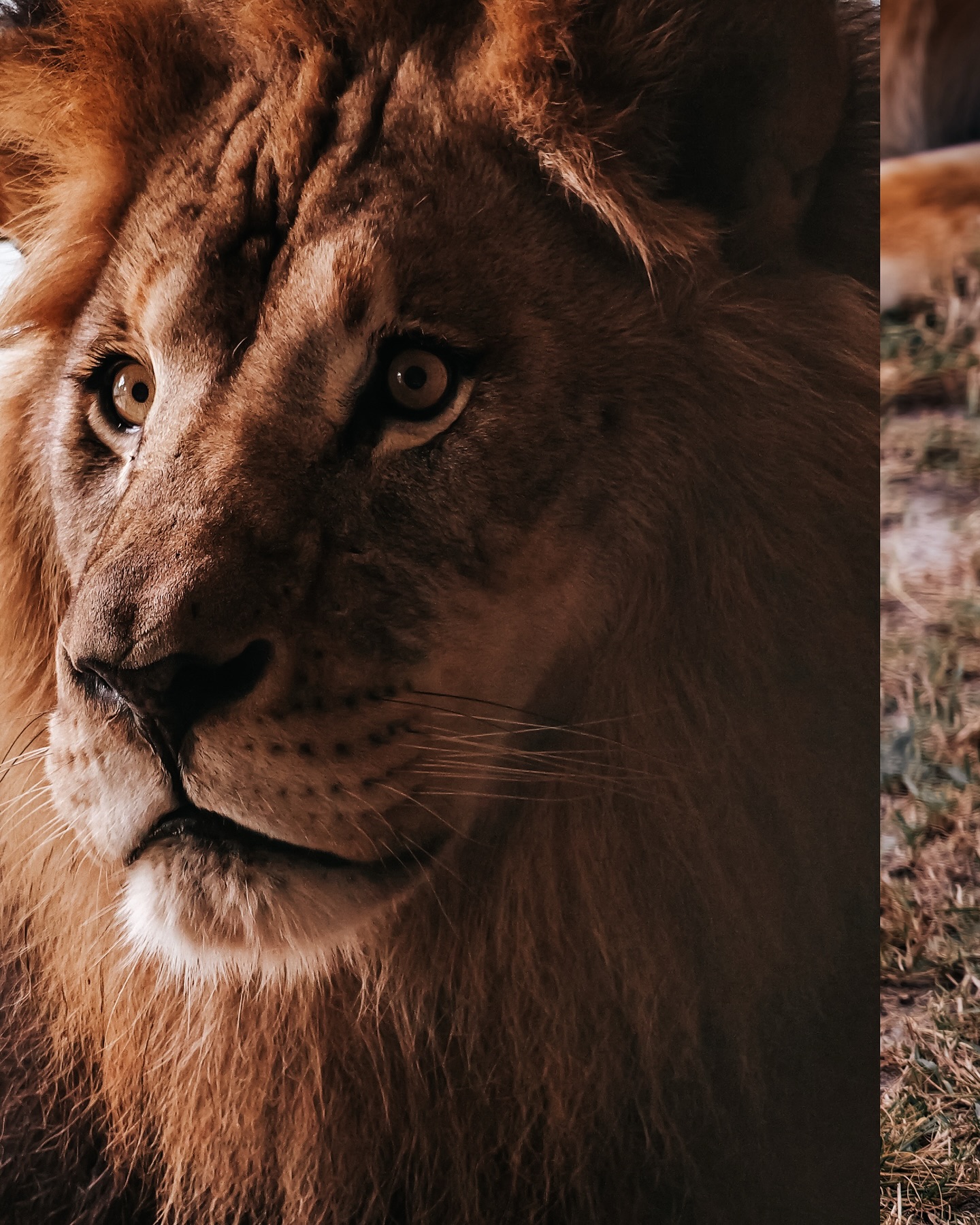- Understand the intricate behaviors and characteristics of the "King & Queen of the Jungle," focusing on lions and their standing in wildlife photography and mythology.
- Explore the challenges and strategies in zoo management and conservation efforts aimed at preserving lion populations.
- Delve into the relationship between lions and their ecosystems, highlighting their role as apex predators and keystone species.
- Examine current conservation initiatives and their impact on lion populations, particularly in Africa.
- Discuss the importance of public awareness and education in fostering a global commitment to wildlife conservation.
Lions, often referred to as the "King & Queen of the Jungle," captivate our imagination and hold a regal place in popular culture. Known for their commanding presence, lions are among the most studied animals in zoology. In exploring their world, we gain insights not only into their fascinating behaviors but also into the pivotal role they play within their ecosystems.
Lions exhibit complex social structures, primarily living in prides that typically consist of related females and their offspring, accompanied by a coalition of males. These social constructions offer significant advantages in terms of hunting and protecting territory. Female lions, the primary hunters of the group, showcase remarkable cooperation and coordination during hunts, illustrating their crucial role in the pride’s survival. While male lions may not actively hunt as often, their presence is vital. They defend the pride’s territory against intruders and safeguard the young, ensuring the continuation of their genetic line.
In terms of physical characteristics, lions are built for both strength and speed. Their muscular bodies and retractable claws allow them to bring down prey effectively. Their distinctive manes not only provide protection during fights but may also serve as a signal of fitness and a deterrent to rivals. These features have fascinated humans for centuries, earning them a place in mythology and art as symbols of courage and nobility.
The preservation of these magnificent creatures is a pressing concern for zoologists and conservationists worldwide. As apex predators, lions maintain the balance within their ecosystems. They help control herbivore populations, which in turn influences vegetation patterns and maintains a healthy environment. Unfortunately, lion populations are declining due to habitat loss, conflicts with humans, and illegal poaching. Today, lions occupy less than 8% of their historic range in Africa, prompting a concerted international effort to safeguard their future.
Zoo management plays a pivotal role in conservation initiatives. Modern zoos are shifting towards creating more natural and enriching habitats for lions, emphasizing spatial needs and behavioral stimulation. These efforts are crucial in maintaining both the physical and psychological well-being of captive lions. Furthermore, well-managed breeding programs, governed by stringent genetic guidelines, help maintain the genetic diversity of captive populations. Collaboration between zoos around the globe is essential, as it facilitates knowledge exchange and supports ex-situ conservation efforts.
Effective lion conservation requires addressing human-lion conflicts, a major challenge in areas where human and wildlife territories overlap. Livestock predation by lions often leads to retaliatory killings by farmers, posing a significant threat to their numbers. Conservationists are working with local communities to apply innovative solutions, such as improved livestock enclosures and compensation schemes for losses. These approaches aim to foster coexistence while protecting livelihoods.
Various conservation organizations are also implementing strategies across the African continent to sustain lion populations. Protected areas in countries such as Kenya, Tanzania, and South Africa serve as vital refuges for lions. In these reserves, anti-poaching measures and strict management practices are helping to curtail illegal hunting and safeguard habitats. Furthermore, initiatives like community-based conservation programs empower local residents to participate in wildlife protection, embedding conservation into broader socio-economic frameworks.
Public awareness and education are paramount in building widespread support for conservation. Presenting lions as ambassadors for broader wildlife and ecosystem preservation encourages individuals to take action, whether through advocacy, sustainable tourism, or direct support of conservation projects. Documentaries, social media, and educational programs enrich our understanding of the challenges facing lions, emphasizing our collective responsibility to conserve the "King & Queen of the Jungle."
The future of lions depends on our ability to understand and address the complexities of their conservation. By protecting their habitats, mitigating threats, and fostering coexistence with humans, we can ensure that these majestic animals continue to reign in their natural environments. Conservation is not merely a scientific endeavor; it is a testament to our commitment to safeguard the planet’s biodiversity for generations to come. Lions symbolize this enduring legacy, reminding us of the intricate interplay between human progress and natural heritage. Through our shared efforts, we can secure a vibrant future for these iconic creatures and the awe-inspiring ecosystems they inhabit.
*****
Source Description
King & Queen of the Jungle 🌴🦁


